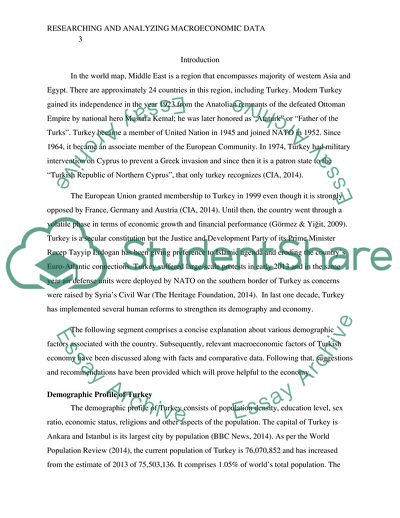Cite this document
(Researching and Analyzing Macroeconomic Data Research Paper, n.d.)
Researching and Analyzing Macroeconomic Data Research Paper. https://studentshare.org/macro-microeconomics/1822438-researching-and-analyzing-macroeconomic-data
Researching and Analyzing Macroeconomic Data Research Paper. https://studentshare.org/macro-microeconomics/1822438-researching-and-analyzing-macroeconomic-data
(Researching and Analyzing Macroeconomic Data Research Paper)
Researching and Analyzing Macroeconomic Data Research Paper. https://studentshare.org/macro-microeconomics/1822438-researching-and-analyzing-macroeconomic-data.
Researching and Analyzing Macroeconomic Data Research Paper. https://studentshare.org/macro-microeconomics/1822438-researching-and-analyzing-macroeconomic-data.
“Researching and Analyzing Macroeconomic Data Research Paper”. https://studentshare.org/macro-microeconomics/1822438-researching-and-analyzing-macroeconomic-data.


